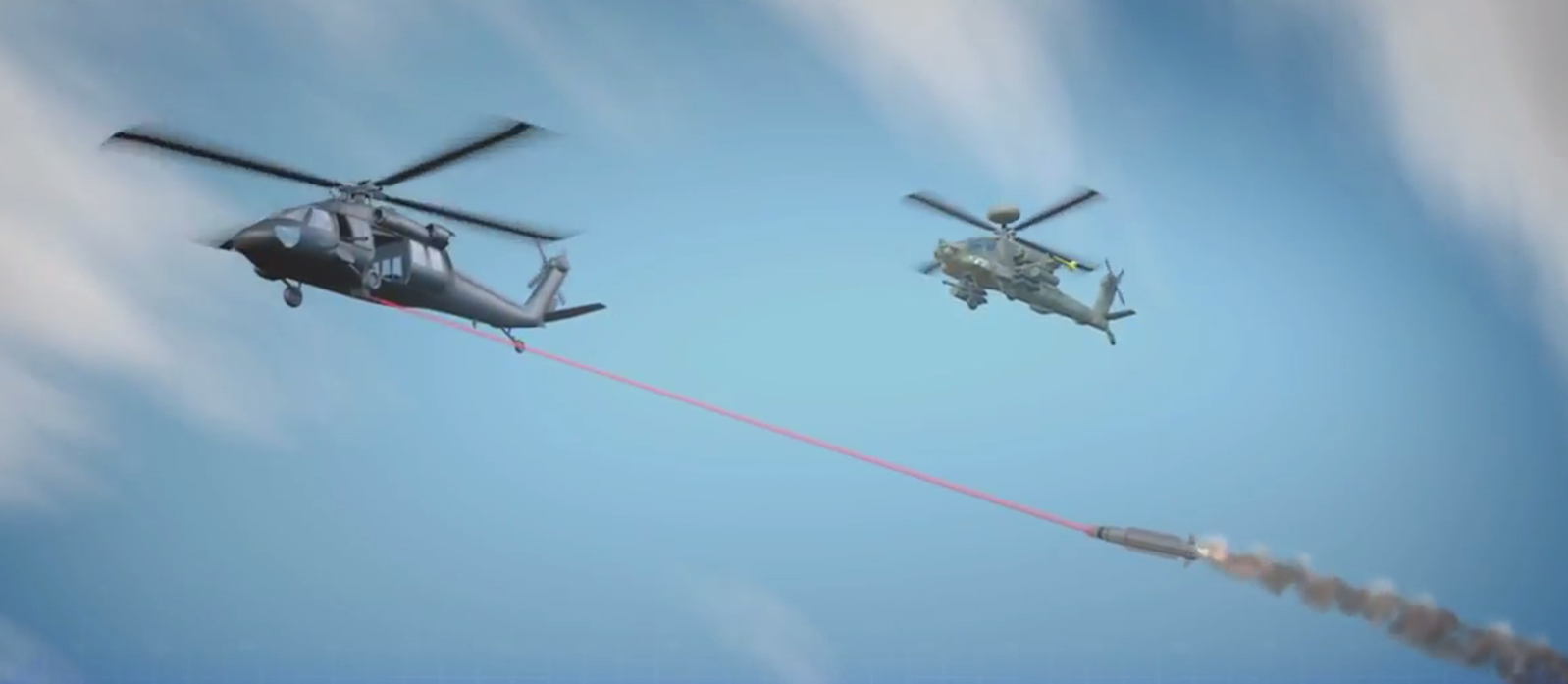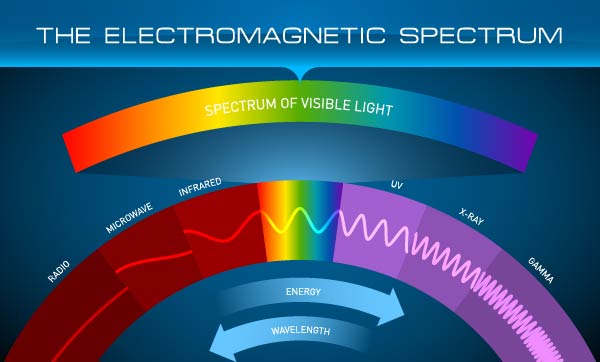
A new laser technology has found its way into commercial production. Dubbed “quantum cascade laser” or “QCL”, this revolutionary technology has the potential to have a profound, positive effect for military aircraft survivability.
The infrared (IR) region of the electromagnetic spectrum is full of critical information that can be used to provide protection of U.S. and allied forces. For example, both fixed and rotary wing aircraft utilize signature information contained in the IR for the detection and defeat of heat-seeking missiles. IR sensors that provide situational awareness, targeting and other mission critical functions for platforms in the air, on the ground and at sea have become ubiquitous.
Lasers have long played a role in military operations. In the late 1960’s, shortly after the invention of the laser itself, laser designators began seeing action to provide high precision guidance of laser guided munitions. Many applications have followed, including range finding and aiming, in addition to more sophisticated designation. More recently, applications such as laser-based directed infrared countermeasures (DIRCM) have found their way into operational use. To date, many of these military applications involving lasers have remained relatively unchanged since the 1960’s.

QCLs have been demonstrated in several military applications protecting our soldiers and citizens. They have been demonstrated on aircraft platforms and integrated into multi-spectral beacons that provide combat identification. Wavelength-tunable variants of QCL-based sensors have been demonstrated in stand-off detection applications to detect chemical agents, explosive precursors and residues. Early-stage development of applications such as free-space communications, LADAR for degraded visual environments, and counter-UAS have also leveraged recent QCL-based products.
QCL technology is revolutionizing the way we design and implement protection and survivability products for the warfighter. Based upon conventional semiconductor laser technology (compact, millimeter-scale components), QCL-based products are inherently rugged and have been demonstrated to meet military environmental requirements. Systems that are based upon QCL devices provide operational capabilities across the IR spectrum, providing freedom of operation that is critical to support current and future engagements.